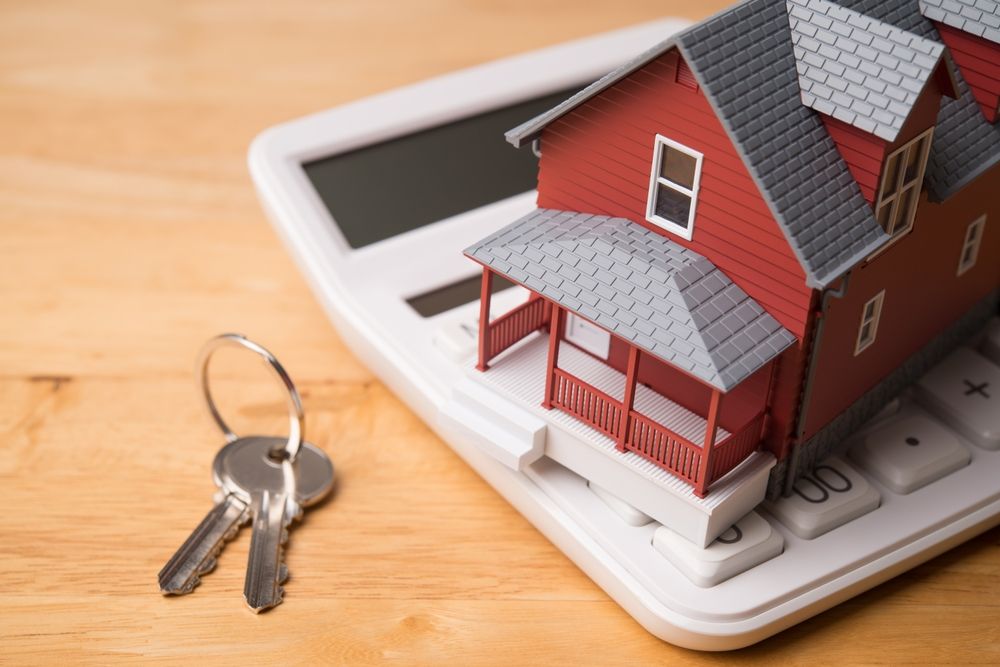Explore the tangible financial benefits that come with adopting environmentally friendly practices at home. From reduced utility bills to potential tax incentives, this guide unveils the economic advantages of going green and how sustainable choices can contribute to both a healthier planet and a wealthier wallet.
1. Energy-Efficient Home Appliances: Cutting Costs on Utility Bills
Upgrading to Energy Star-rated Appliances
Invest in Energy Star-rated appliances for substantial energy savings. These appliances are designed to consume less energy, leading to lower electricity bills. While the initial investment may be higher, the long-term cost savings make them a financially savvy choice.
Lowering Electricity Consumption
Experience reduced electricity consumption. Energy-efficient appliances not only contribute to a greener environment but also translate to lower monthly utility bills. Monitor energy usage and consider replacing outdated appliances with more eco-friendly alternatives to maximize savings.
2. Solar Power: Harvesting the Sun for Long-Term Savings
Installing Solar Panels
Harness solar power for significant long-term savings. Installing solar panels on your property allows you to generate your electricity, reducing dependence on the grid. While the initial installation cost may be substantial, many regions offer incentives, tax credits, and rebates that can offset the investment.
Selling Excess Energy Back to the Grid
Explore the possibility of selling excess energy back to the grid. In some regions, surplus energy generated by your solar panels can be sold to the utility company, creating an additional stream of income and further enhancing the financial benefits of solar power.
3. Energy-Efficient Lighting: Illuminating Savings
Transitioning to LED Bulbs
Switch to LED bulbs for energy-efficient lighting. LED bulbs consume significantly less energy than traditional incandescent bulbs and have a longer lifespan. While the upfront cost may be higher, the reduced energy consumption and fewer replacements contribute to substantial savings over time.
Implementing Smart Lighting Systems
Consider smart lighting systems for customized energy usage. Smart lighting allows you to control and schedule lighting remotely, optimizing energy consumption. This not only contributes to cost savings but also aligns with sustainable living practices.

4. Water Conservation: Trim Your Utility Costs
Investing in Water-Efficient Fixtures
Upgrade to water-efficient fixtures for reduced water bills. Installing low-flow toilets, faucets, and showerheads can significantly cut down water consumption. Many municipalities also offer incentives for making these eco-friendly changes.
Harvesting Rainwater for Outdoor Use
Explore rainwater harvesting for outdoor water needs. Collecting rainwater for gardening or outdoor use reduces reliance on municipal water, resulting in lower water bills. Additionally, some regions offer incentives for implementing rainwater harvesting systems.
5. Sustainable Home Design: Increasing Property Value
Investing in Energy-Efficient Home Improvements
Increase property value through energy-efficient upgrades. Buyers are increasingly drawn to eco-friendly homes, and investing in features like insulation, energy-efficient windows, and green roofing can make your property more appealing, potentially leading to a higher resale value.
Qualifying for Green Home Certifications
Consider obtaining green home certifications. Certifications such as LEED (Leadership in Energy and Environmental Design) or ENERGY STAR for Homes not only demonstrate your commitment to sustainability but can also enhance the market value of your property.
6. Tax Incentives and Rebates: Government Rewards for Eco-Friendly Choices
Exploring Federal and State Tax Credits
Take advantage of federal and state tax credits. Governments often provide tax incentives for eco-friendly home improvements, such as solar panel installations, energy-efficient upgrades, and electric vehicle purchases. Research available programs to maximize potential savings.
Local Utility Rebates
Check for local utility rebates. Many utility companies offer rebates for energy-efficient appliances, home insulation, and other green initiatives. These rebates can provide immediate financial relief and encourage ongoing eco-friendly practices.
7. Reduced Healthcare Costs: A Holistic Financial Impact
Promoting Healthier Living Spaces
Create healthier living spaces for potential healthcare savings. Sustainable living practices, such as using eco-friendly cleaning products and materials, contribute to indoor air quality, potentially reducing the risk of respiratory issues and related healthcare costs.
Encouraging Active Lifestyles
Promote active and sustainable lifestyles. Choosing eco-friendly transportation options, like cycling or walking, not only benefits the environment but also contributes to healthier living, potentially reducing long-term healthcare expenses.
A Win-Win for Your Wallet and the Planet
Embracing a green lifestyle not only benefits the environment but also offers tangible financial advantages. From lower utility bills to potential tax incentives and increased property value, the financial benefits of going green are substantial. By making sustainable choices at home, you not only contribute to a healthier planet but also enjoy a wealthier and more sustainable financial future.




